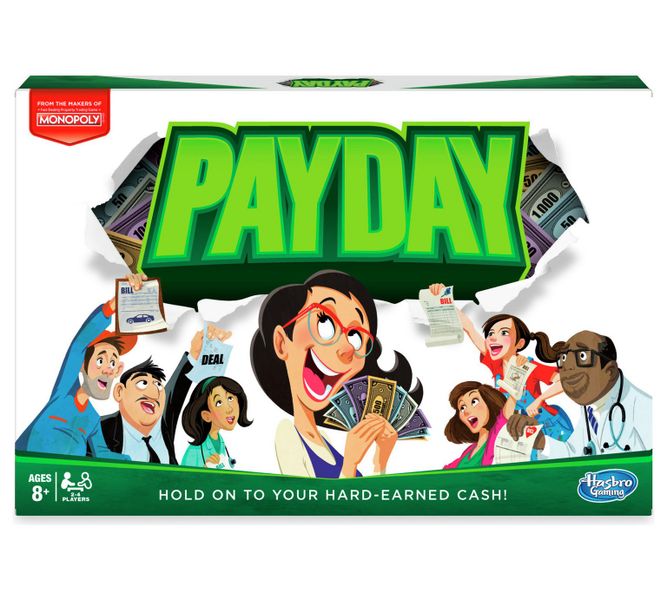Pay Day (1974) Board Game
Pay Day is a classic board game that was first released in in 1974. It was designed by Paul J. Gruen and has since become a beloved game for families and friends to enjoy. The game simulates the experience of managing finances and budgeting, making it both fun and educational for players of all ages.
Game Components of Pay Day
How To Setup Pay Day
To set up Pay Day, players decide on the number of months they wish to play. The mail and deal cards are shuffled and placed near the board. Each player chooses a playing piece and places it on the start space. Each player is given $325 to start. Players then choose who will start the game.
Gameplay Mechanics and Game Objective
Player Experience
Playing Pay Day offers a realistic simulation of managing finances, complete with the unpredictability of bills and the excitement of potential deals. Players must balance spending, saving, and borrowing to emerge with the most wealth at the end of the game. The game is simple to learn but requires strategic thinking to manage financial risks and opportunities effectively.
Pros
Cons
Personal Thoughts on Pay Day
Pay Day is an excellent choice for families or casual gamers looking for a light-hearted yet educational experience. It is particularly good for teaching children about basic financial concepts like saving, spending, and borrowing. While it may lack the complexity and depth of more modern board games, its simplicity and nostalgic appeal make it a charming addition to any game collection.
We are supported by our audience. When you purchase through links on our site, we may earn an affiliate commission, at no extra cost for you. Learn more.

